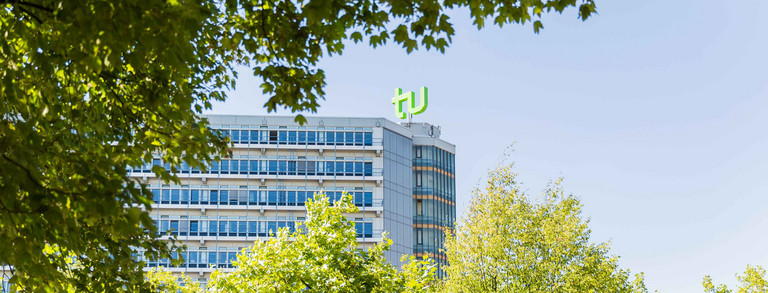Further publications on evolutionary dynamics in cooperative games
![[Translate to English:] Operations_Research_Letters.jpg [Translate to English:] Operations_Research_Letters.jpg](/storages/mikro-wiwi/_processed_/6/a/csm_Operations_Research_Letters_08ccebf11b.jpg)
In a series of papers, Michael Kramm and co-authors develop a new modeling approach that combines cooperative and evolutionary game theory. This approach can be interpreted as follows. A company consists of many different employees who can be assigned to a specific department. This department determines the productive skills of its employees. Departments share their resources and their employees perform productive tasks in a “cooperative game” with other departments according to their affiliation to a specific organizational unit. In this way, they contribute to the “reproductive success” of the company. The fruits of success are then distributed among the individual departments according to certain principles of fairness based on the department's productivity. This creates an "evolutionary dynamic", which determines the composition of the company with regard to the available resources of the departments.
The modeling approach requires a specification of how in the "cooperative game" employees from different departments generate value depending on the use of resources and how, based on this, a fair distribution of the gains is defined. Casajus and Kramm (2022, ORL, Solutions for Non-Negatively Weighted TU Games Derived from Extension Operators) explore this question in the case that the department with the maximum use of resources in a project alone determines its output. This assumption is plausible, for example, if only a single mainframe computer is available and the department with the highest quality software, the "maximum resource", uses it for the joint project. Furthermore, Casajus and Kramm (2022, ORL, Asymptotic Stability in Replicator Dynamics Derived from TU Games) show that in such a scenario so-called "minimal blocking coalition" are (evolutionarily) stable. These coalitions are characterized by consisting of the lowest number of company departments necessary to prevent the project from being completed. This result applies for the specific case that a project can either be implemented or not, i.e., the value is either one or zero.

